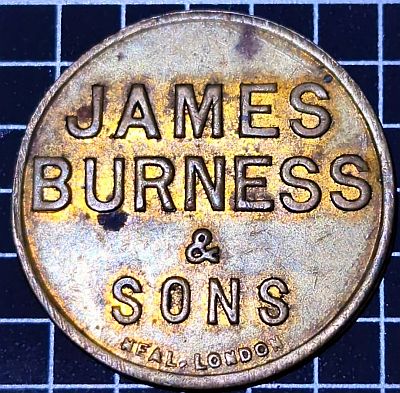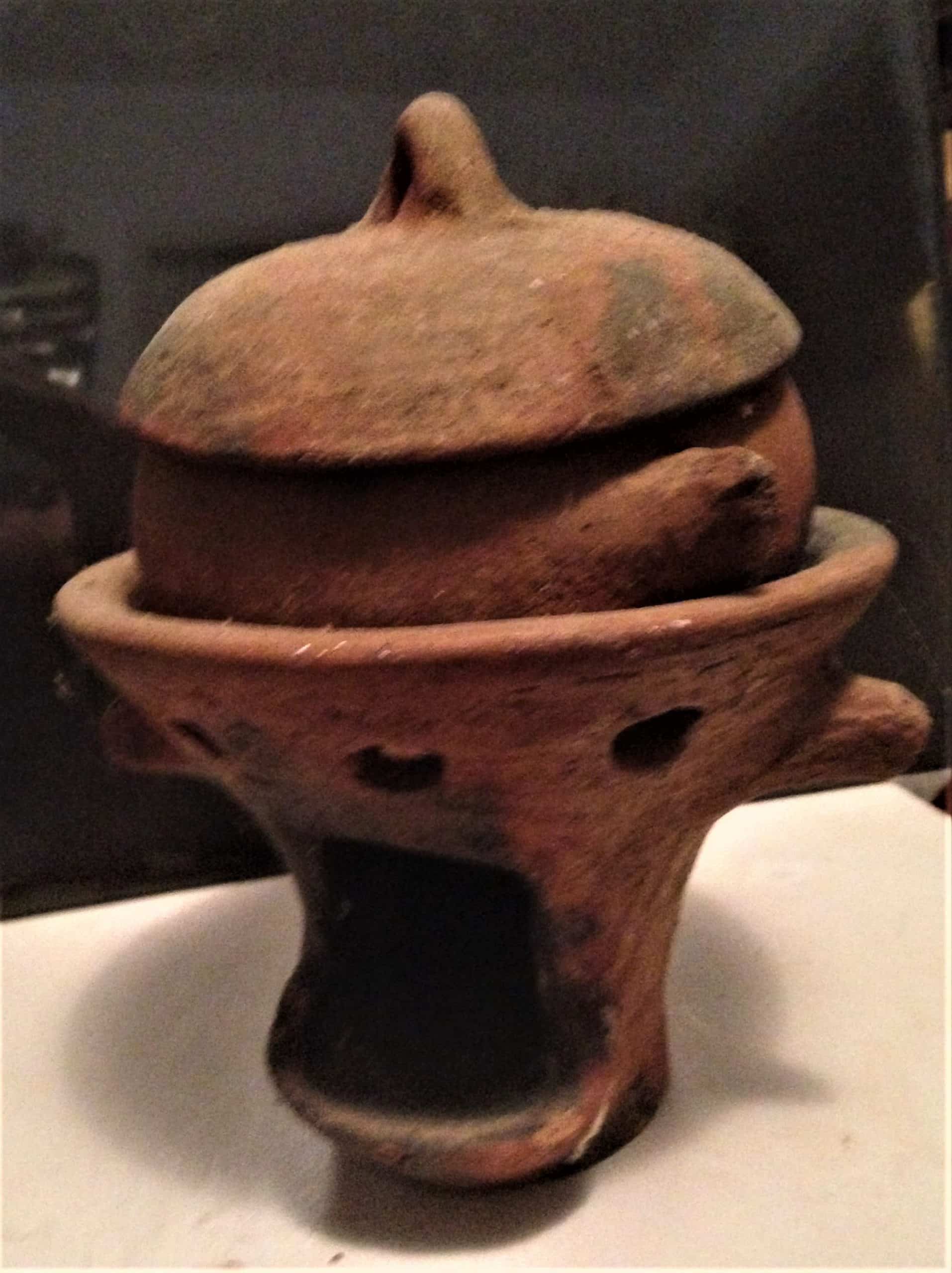A coal token from a tiny Caribbean nation
St Lucia

St Lucia is a small island nation in the Caribbean, just north of St Vincent & the Grenadines and south of Martinique. It is part of the chain of islands which runs from Venezuela in South America, through Trinidad & Tobago through to Cuba. Saint Lucia was first known as “Louanalao” by the Arawak Indians in 200 A.D., meaning “Island of the Iguanas,” and then “Hewanorra,” in 800 A.D. when the Carib Indians arrived and assimilated their culture into Saint Lucia. Residents of Carib descent can still be found in Saint Lucia today.
The first European to settle in St Lucia was the pirate François Le Clerc, nicknamed Jambe de Bois because of his wooden leg. From Pigeon Island on the very north of the main island, he attacked passing Spanish ships in the 1550s. The French, English and Dutch all attempted to colonise the island in the 1600s.
In 1651, a member of the French West India Company (The Compagnie des Indes occidentales) purchased the land from the Caribs to make it a French colony, and the English immediately sent 1,000 men to take back the island. This fighting continued until 1814, when the French ceded Saint Lucia to the English. Saint Lucia was one of the last British colonies to declare independence, in 1979.
Obverse

James Burness & Sons had a coaling station at Castries, the capital city, on the north-west of St Lucia. Formerly referred to as Carenage, the area was renamed Castries in 1785, after Charles Eugène Gabriel de La Croix, Marquis de Castries (1727-1801), the French Minister of the Navy and Colonies. The harbour at Castries was originally a volcanic crater, which flooded when the western (seaward) wall collapsed, turning it into a convenient, deepwater port.
The token has the company name “James Burness & Sons” in large letters taking up most of the face. The maker, “Neal . London” is in smaller letters below. R Neal of 49 & 50 Percival Street London was a prolific manufacturer of tokens, particularly market tokens in the UK. Some very ornate. MuseumOfThePeaceCorpsExperience
The reverse of the token is blank. The token itself is 30mm diameter. I did find this Numista reference to a smaller 24mm version (with J.B. & Sons. instead of the full business name).
From TokenCatalog (quoting Rulau), it is believed this token was used between 1896 – 1944.
As with elsewhere in the world, coal would have been an important resource over the last few centuries. Unfortunately, there is little information about the Burness’ coaling station or coal use in general on the island. If anyone has any more information on the company, the token or the industry, or maybe the referenced Rulau book, please do get in touch!
Sadly, the one main event related to coal I can find for St Lucia notes: “The Great Fire of Castries claimed 40 blocks of homes and businesses. Overnight, 809 families were left homeless and without possessions.
A live coal iron left unattended in a tailor’s shop in the north-eastern part of the city had caused a wooden house to catch fire, resulting in the tragic loss. While no lives were lost, around 80% of the city was reduced to ashes before a firefighting squad from the United States Air Force Base in Vieux Fort eventually quelled the flames.”
In the wake of the fire, 18-year-old poet Derek Walcott penned the poem: “A City’s Death by Fire“.
The other, happier note about coal I found in my research was around cooking. A teacher who went to the country in 1978-9 described: “Coal pots are used throughout the Caribbean, but St. Lucia is considered the original home of this cooking style. Women shape the pots from the clay found along riverbanks. They leave holes in the lower section of the pot to light the charcoal that is placed in the top of the bowl. Once coals are red hot a cooking pot is placed directly onto the coals. Ashes fall through the holes to cool in the lower lip. More coal is added as needed. The deep, rich flavors of the ingredients mixed with earthy, smoky overtones guarantee a delicious meal at any time of day.

(A coal pot for cooking as used in St Lucia. Image from: Museum of the Peace Corps Experience)


Leave a Reply